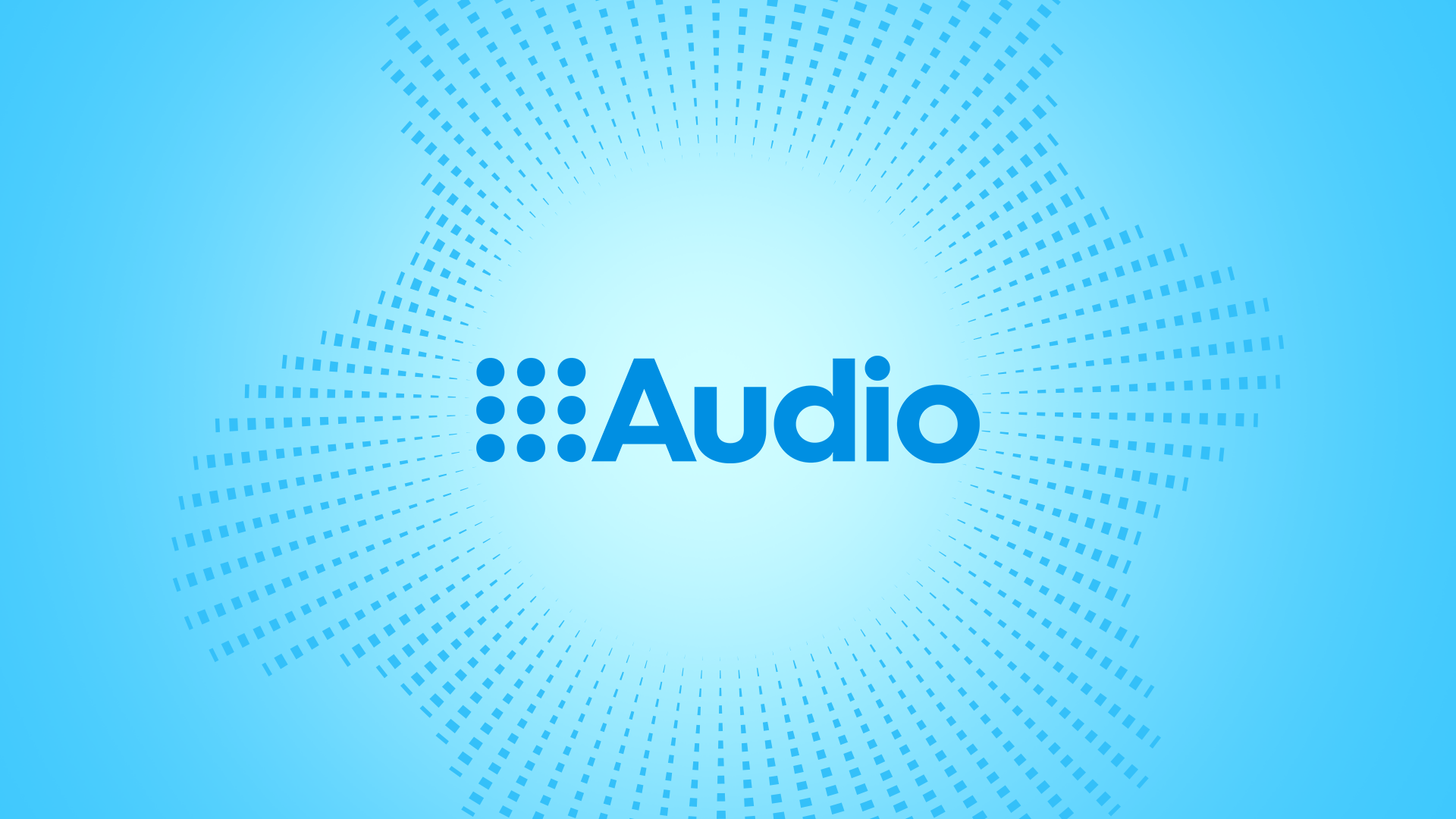

WHAT'S HOT AND WHAT'S NOT
December 2024
The national mood has weakened as feelings of frustration rise; cost of living has impacted expenditure on food-related expenses, while digital subscriptions to news, music and video services are holding firm as ‘must-have’ items are all fuelling opinions and conversations this month.

29 November - 2 December, 2024
Inside this month’s Consumer Pulse dip
Mood of the Nation
The national mood
The national mood has declined to the levels of May 2024, with a higher net negative mood. Australians are feeling more frustrated and unsure in the current times. Overall, net negative emotions are ahead of positive emotions, following a more positive outlook last month.
NOTE: For the best viewing experience on mobile, please view landscape.
Dominant mood indicators
The top 10 dominant moods are a mix of positive and negative emotions. The top 3 feelings are positive, with relaxed, calm and hopeful topping the list this month. Feelings of being frustrated, anxious and stressed are the 4th, 5th and 6th most dominant moods, with a relatively large increase in the proportion of Australians feeling frustrated as we move into the tail end of the year.
NOTE: For the best viewing experience on mobile, please view landscape.
Cost of Living
Australians still feeling the pinch
Fewer than half of Nine’s audience are feeling financially comfortable at the moment, although this figure has shown small improvements in the past six months. One in three Australians feel like they are “just managing”, and one in five are “feeling the pressure” when it comes to their personal finances.
Most are being affected by the rising cost of groceries (77%), utilities (68%) and insurance premiums (68%). The rise in petrol prices (43%) is having less impact than this time last year, with 18 fewer Australians saying they are affected (down 18 percentage points).
NOTE: For the best viewing experience on mobile, please view landscape.
Conversation Starters
'MUST HAVE' Expenses
Digital subscriptions to news, music and video services.
Australians cut back on food-related expenses while digital subscriptions hold firm
The top three categories where people have already cut back are dining out/takeaway/deliveries (56%), followed by apparel and accessories (53%) and grocery items (45%).
In contrast, the top three categories deemed as “must-have items” where expenditure reductions are unlikely are internet/telecommunications (66%), utilities, being energy/gas (59%) and petrol/transport (59%).
Despite cost-of-living pressures, digital subscriptions to news, music and video services remain stable in the proportion of Australians regarding them as a “must-have”.

BRAND CONSIDERATION
While subscriptions remain stable, brands should monitor for early signs of churn or downgrades. Use proactive retention strategies, such as targeted campaigns for at-risk users or flexibility in subscription tiers to mitigate cancellations.
Summer habits
Of Nine's audience under-45s will browse the web over the summer.
Over the summer, Nine’s audience will be spending time watching free-to-air TV (including free streaming), browsing the web and listening to radio
Digital is strong among under-45s (browsing web (81%), accessing social media (68%) and streaming music (63%)) while watching FTA TV will be strong throughout summer for all age groups.
BRAND CONSIDERATION
With audiences consuming free-to-air TV, digital and audio, ensure your campaigns are tailored to maximise cross-platform reach. Use cohesive messaging to create a unified and memorable brand presence.

GET IN TOUCH
Want to know more?
Contact your Nine representative directly, or fill out the form and we'll be in touch.















































